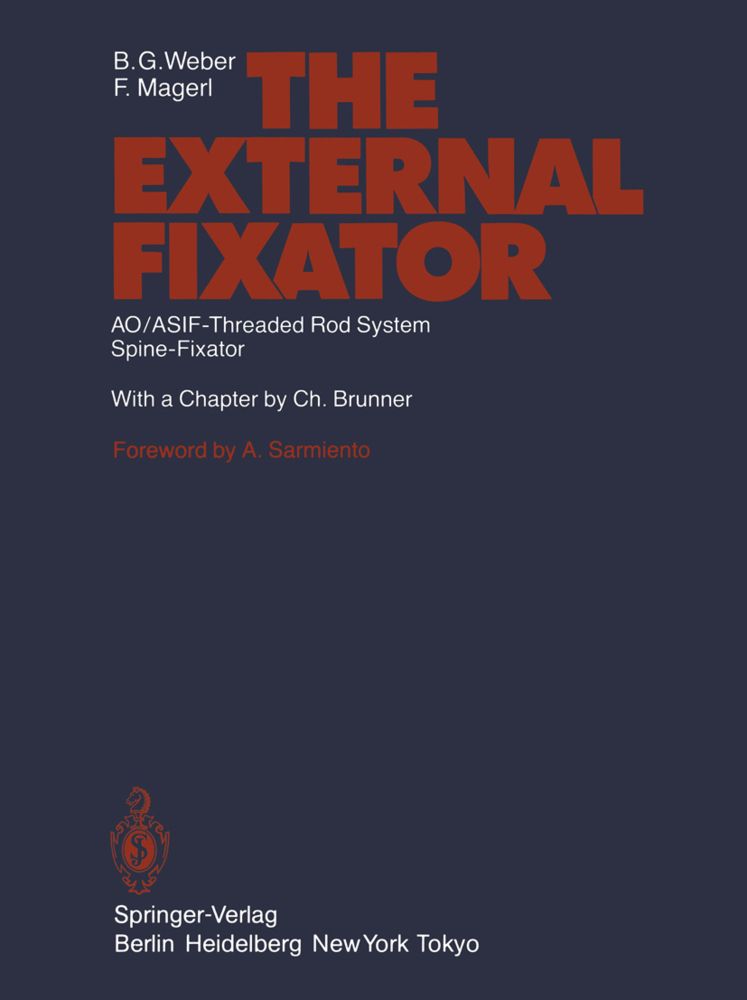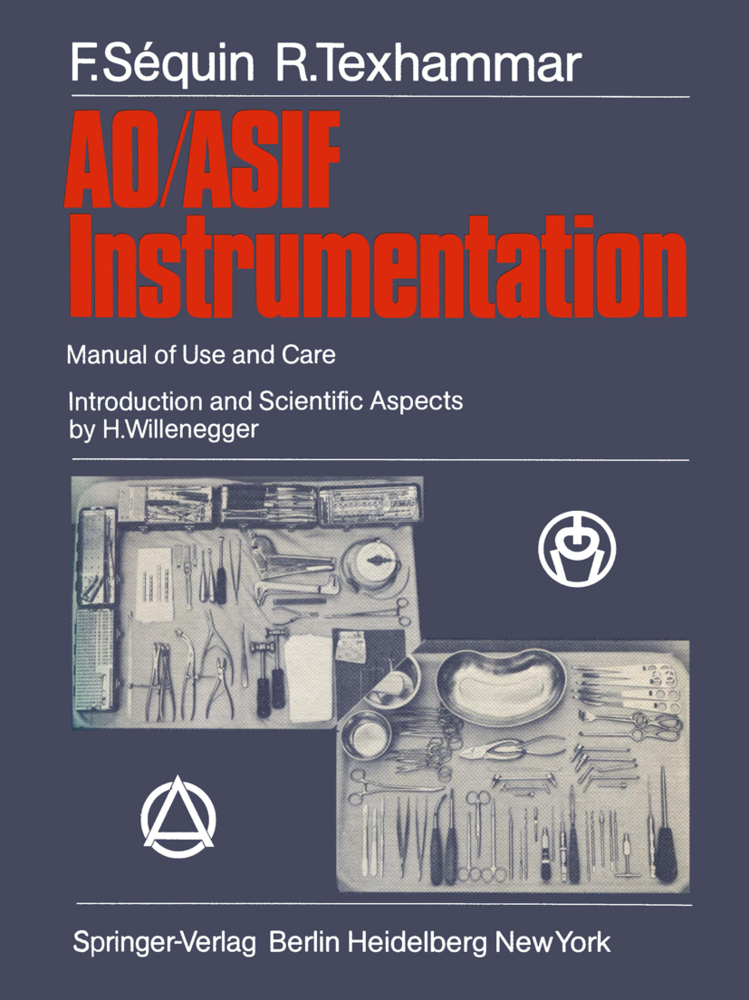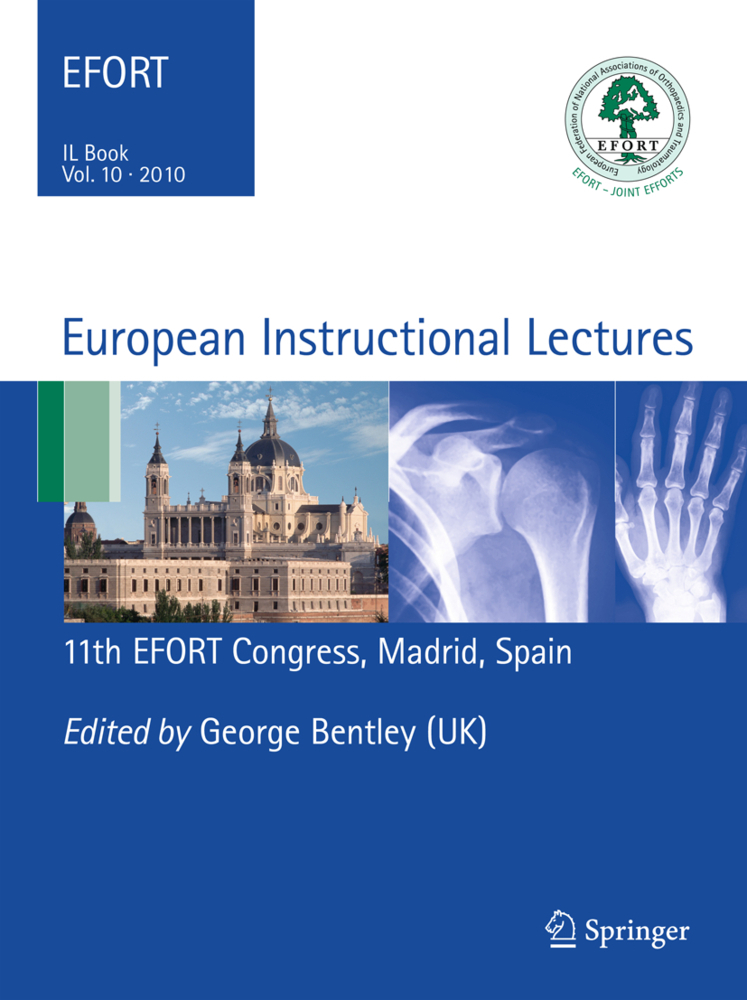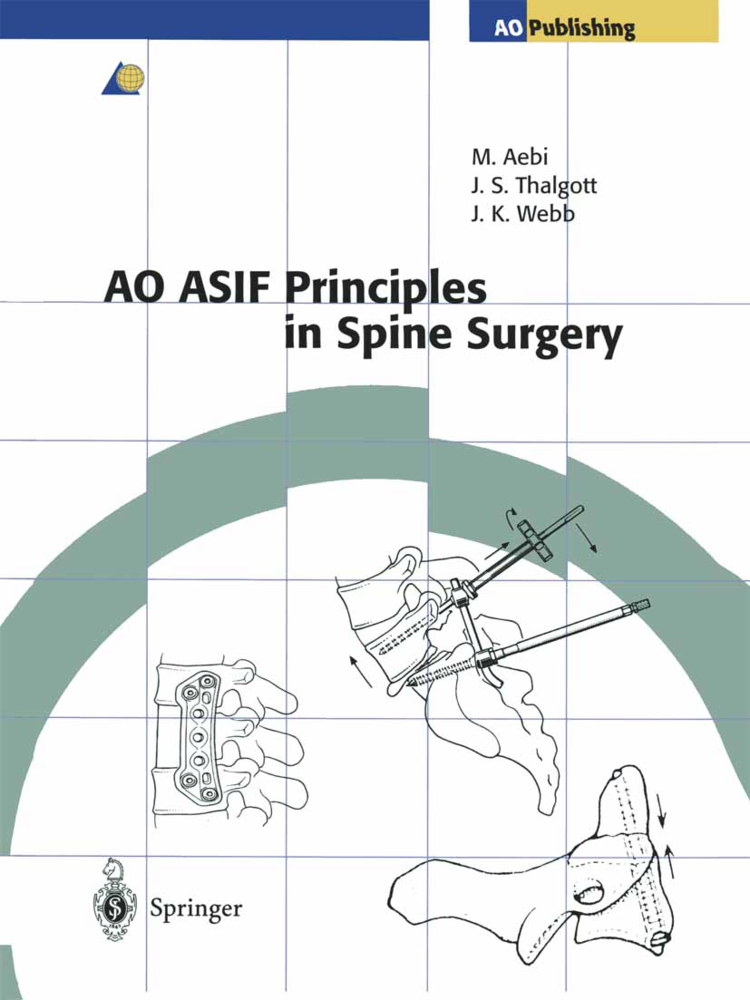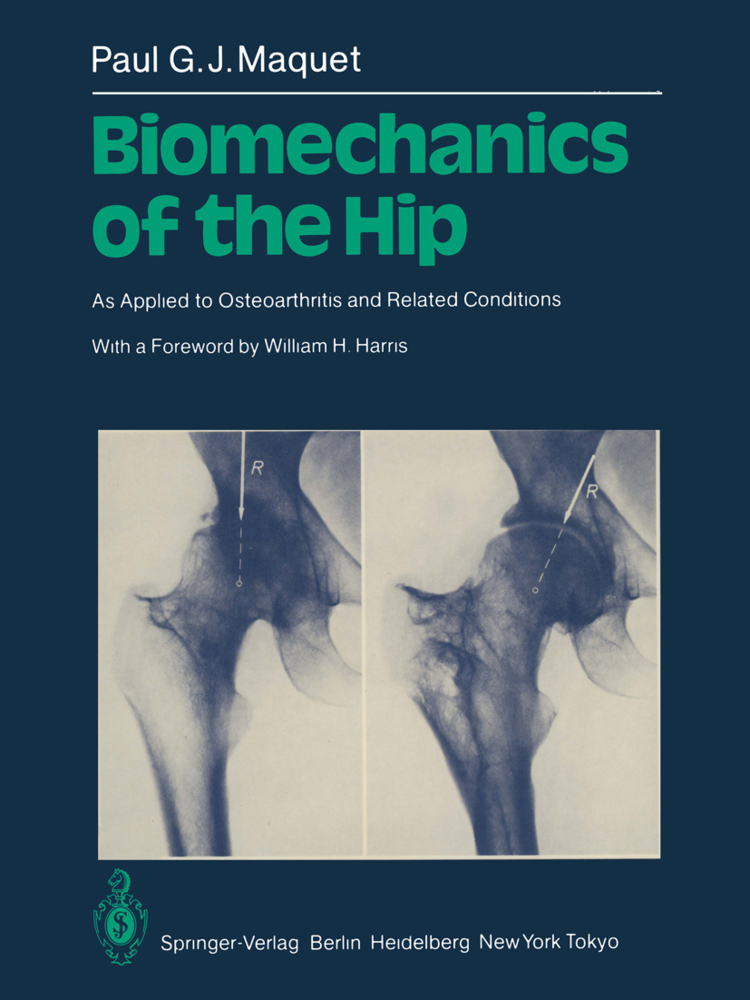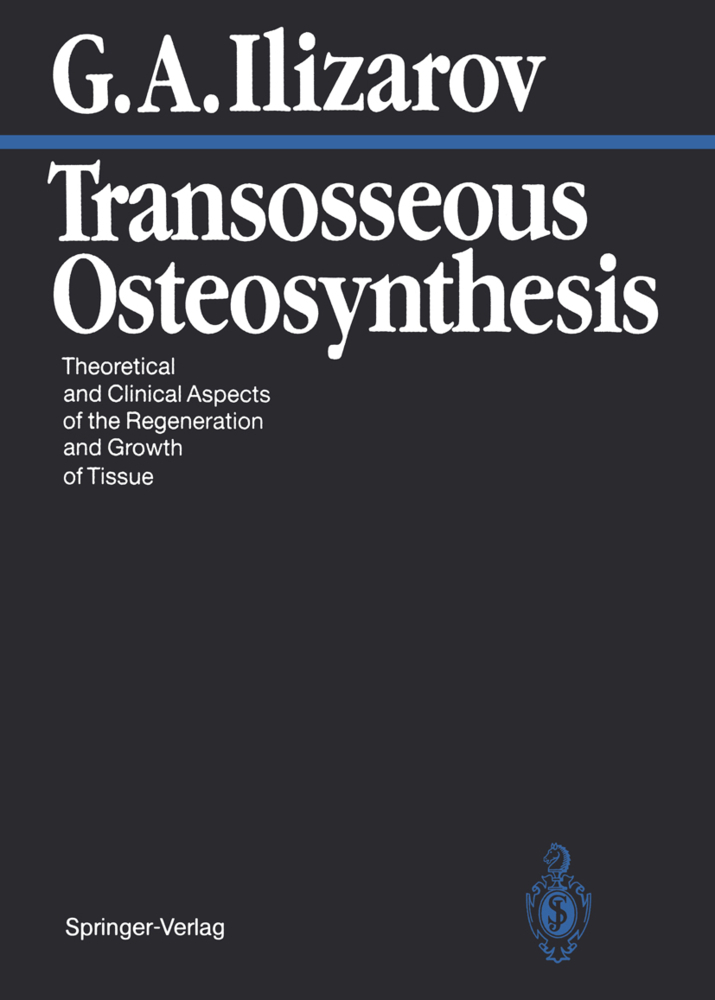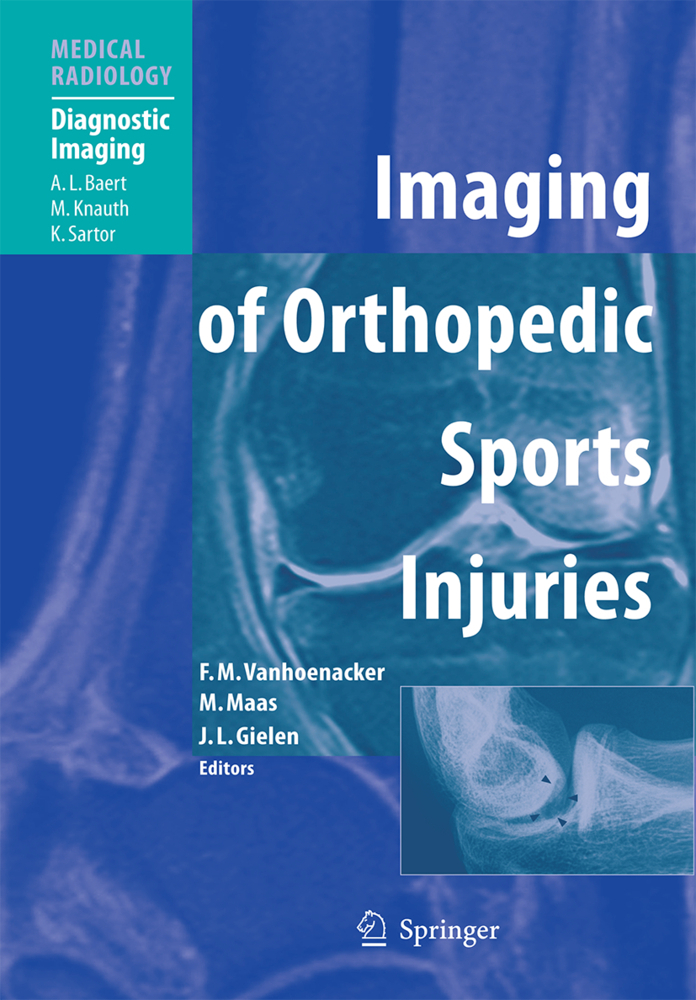Manual of Cable Osteosyntheses
History, Technical Basis, Biomechanics of the Tension Band Principle, and Instructions for Operation
Manual of Cable Osteosyntheses
History, Technical Basis, Biomechanics of the Tension Band Principle, and Instructions for Operation
In bone surgery it is essential to compress fractures interfragmentarily in order to make them resistant to the tensile force of muscles and the force resulting from acceleration and deceleration. This can be best achieved by the use of cable tension bands as a traction mechanism. The cable tension band is - in terms of stability of fractures - far superior to the conventional rigid cerclage wire which has been widely used in osteosynthesis for over 100 years. The author explains the biomechanics of the tension band in detail. Theoretical findings are confirmed by clinical test results. All osteosynthetic techniques which can be carried out with cables are described giving details of operation instructions. Errors and risks are always pointed out. A reference book and operative manual at a time.
2.1 Conventional Binding Wire
2.2 Wire Cables - State-of-the-Art Solution
3 Cerclage Wire and Wire Cables: A Comparison
3.1 Performance and Testing
3.2 Results
4 Wire Cables in Everyday Hospital Life
4.1 Introduction
4.2 Technical Instructions for Operations
4.3 The Mechanics of Bone Healing
4.4 Biomechanic of Tension Band Principle
4.5 Patella Fracture
4.6 Olecranon Fracture
4.7 Ankle Joint and Pilon Fractures
4.8 Osseous Prominences
4.9 Compression Cable Osteosynthesis
4.10 Cable Arthrodeses
4.11 Cable Cerclages
4.12 Sleeve-Cable Banding of Unstable Pelvic Ring Injuries
4.13 Sleeve-Cable Osteosynthesis of Longitudinal Sternotomy
4.14 Soft Tissue Trauma - Temporary Protection of Ligament Sutures Using a Cable
4.15 Special Indications
5 Review and Outlook
References.
1 Introduction
2 Brief History of Wires and Cables in Medicine and Technology2.1 Conventional Binding Wire
2.2 Wire Cables - State-of-the-Art Solution
3 Cerclage Wire and Wire Cables: A Comparison
3.1 Performance and Testing
3.2 Results
4 Wire Cables in Everyday Hospital Life
4.1 Introduction
4.2 Technical Instructions for Operations
4.3 The Mechanics of Bone Healing
4.4 Biomechanic of Tension Band Principle
4.5 Patella Fracture
4.6 Olecranon Fracture
4.7 Ankle Joint and Pilon Fractures
4.8 Osseous Prominences
4.9 Compression Cable Osteosynthesis
4.10 Cable Arthrodeses
4.11 Cable Cerclages
4.12 Sleeve-Cable Banding of Unstable Pelvic Ring Injuries
4.13 Sleeve-Cable Osteosynthesis of Longitudinal Sternotomy
4.14 Soft Tissue Trauma - Temporary Protection of Ligament Sutures Using a Cable
4.15 Special Indications
5 Review and Outlook
References.
Labitzke, Reiner
Weiland, A.J.
Schmit-Neuerburg, K.-P.
Otto, F.
Richter, A.
Dall, D.M.
Miles, A.
| ISBN | 978-3-642-63059-0 |
|---|---|
| Artikelnummer | 9783642630590 |
| Medientyp | Buch |
| Copyrightjahr | 2012 |
| Verlag | Springer, Berlin |
| Umfang | XX, 187 Seiten |
| Abbildungen | XX, 187 p. 274 illus., 157 illus. in color. |
| Sprache | Englisch |

